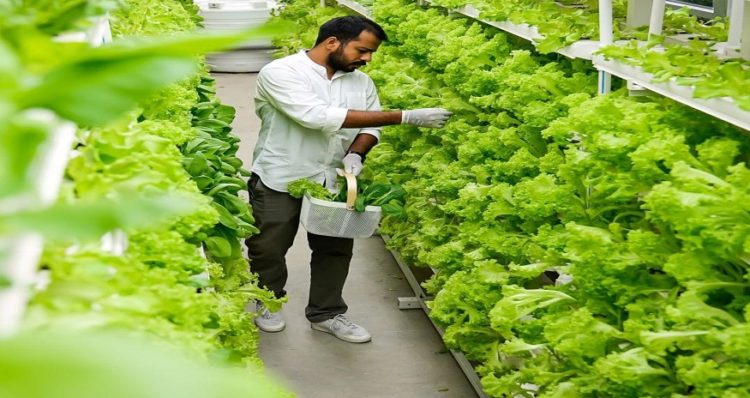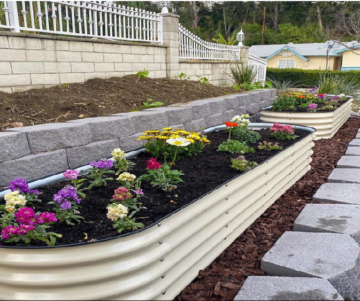
Vertical Farming in India – A Boon for Indian Population!
admin | January 29, 2021 | 0 | Gardening
You’ll be astonished to know more than 30 million farmers will have no access to irrigation facilities by 2030. Moreover, one big challenge is noticed in feeding the population in India. Every Indian is taking a high-calorie diet with lesser nutrients. Also, a decrease in arable land is been encountered. In fact, as per research, vertical farming in India can be of high potential.
The practice of producing food on inclined surfaces vertically integrated into structures such as container, skyscraper or a repurposed warehouse. A new form of indoor technique i.e. Controlled Environment Agriculture (CEA) of farming is used. The use of man-made means of controlling light, humidity, temperature, and gases help in growing food. Vertical farming is done to maximize crops in a small area of space.
Many companies in India have started building vertical farms. By growing pesticide-free produce by making use of 95% less water and 1% of land used for outdoor farms; they have made the farming possible. The practice of vertical farming has resulted in 2,16,000 liters of water per month per farm saved. This has also shown positive rays as there is a huge cut down of going miles to sell the yield and making it available to the consumer. As the vertical farming is making food directly in consumers’ hands, not within days or weeks instead of in a few hours; the nutritional value a consumer should consume is also getting that.
Rushing in full speed into vertical farming let’s have a look on the promises and the stumbling blocks.
Consistent Crop Production
One can easily rely on vertical farming in India. Trying out vertical farming in India; you’ll see the results. Without compromising on the quality and the flavour farmers can boost their harvest volume.
Less Water
By following a hydroponic growing process less use of fertilizers is noticed in comparison to the traditional method. As the water is clean even after using, it can be reused cutting down on the wastage.
No Transportation Cost
In farming mile delivery is the most expensive aspect as the crops are required to be shipped to countries, continents and multiple oceans. With vertical farming, this issue also gets solved.
Less Labor Costs
Practising vertical farming you only require an indoor growing system. No massive number of labor is required. Labor with low skills can also practice this method of farming. One opting for vertical farming enjoys nutrients filled produce at cheaper labor cost.
Limits Occupational Hazards
Vertical farming is sustainable and human-friendly. It minimized hazards. No farmer is required to deal with the hazards using farming equipment. This type of farming does not have a negative type of effects on trees and animals; thus promotes biodiversity.
Final Words
The future of farming is changing to vertical farming and the chunk of the rural population is likely to move to the urban areas in the upcoming years. The population growth will also be in demand of organic and well-grown crops. As vertical farming has plenty of advantages apart from the above-mentioned the cultivators should impend, the challenge by getting their hands on vertical farming.

